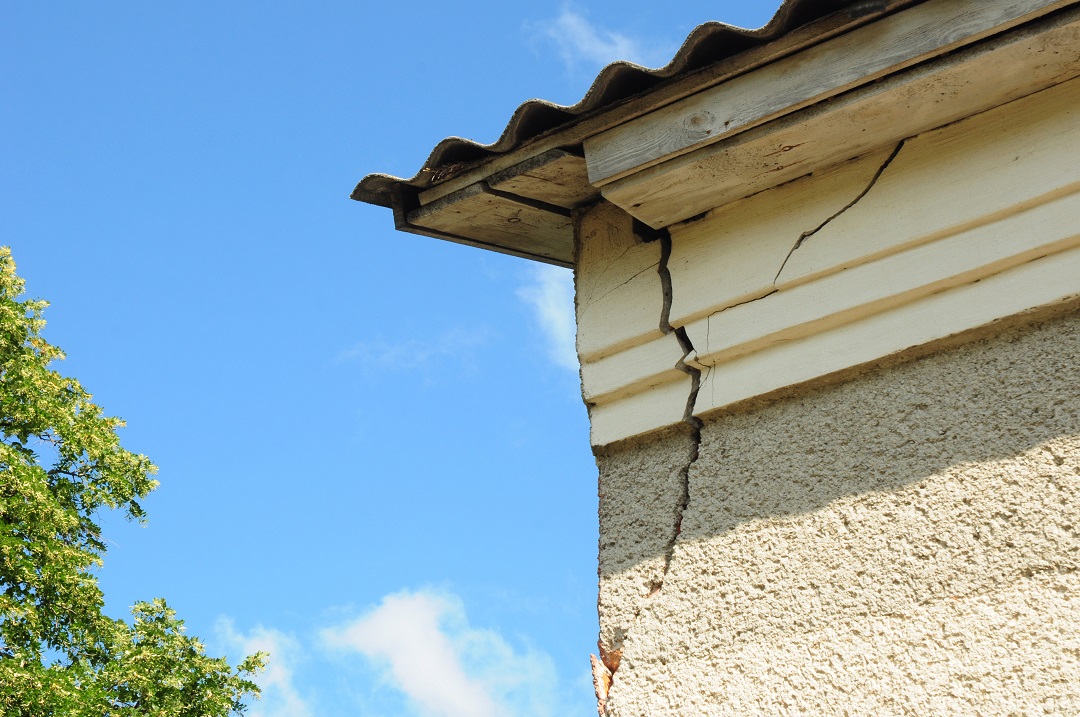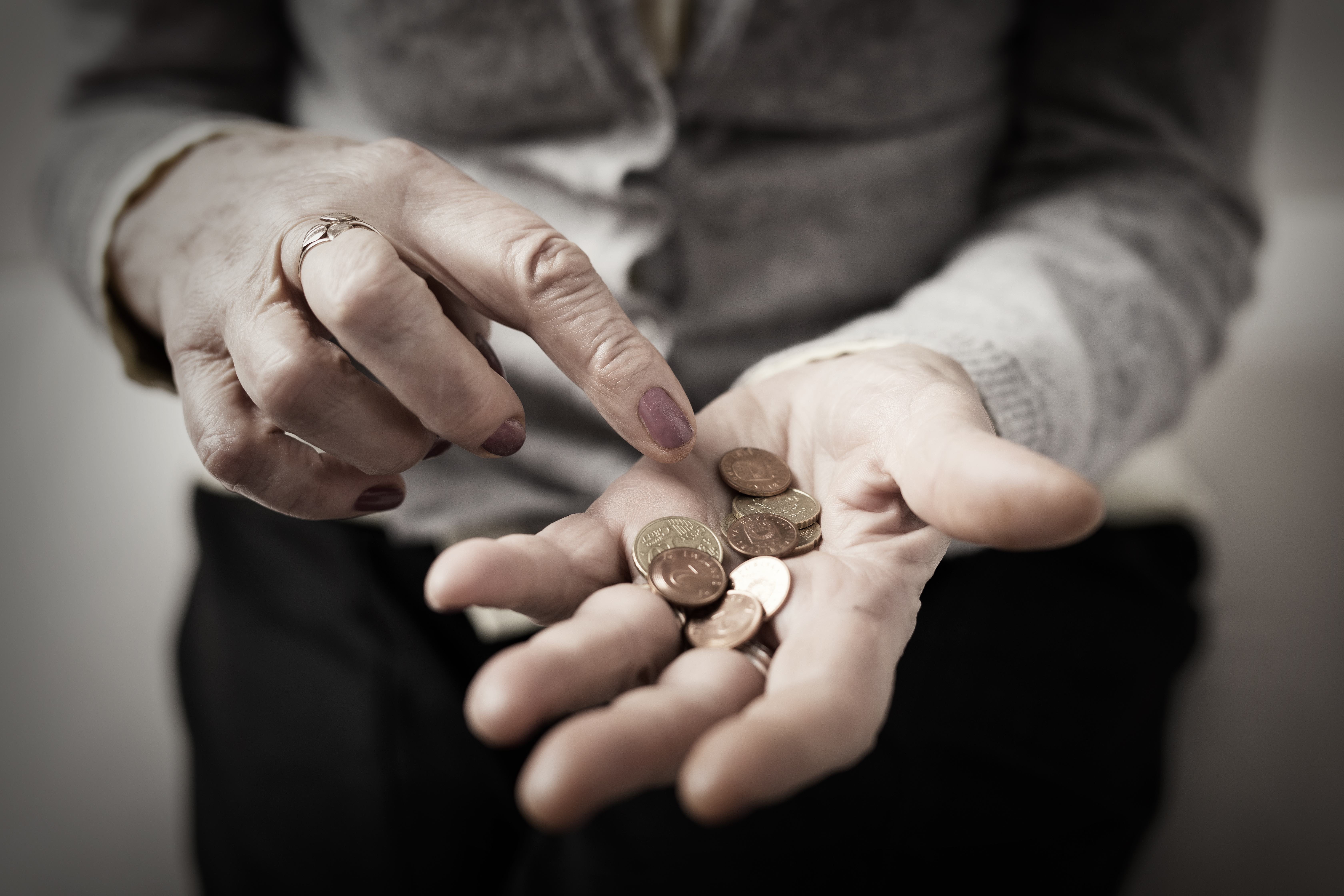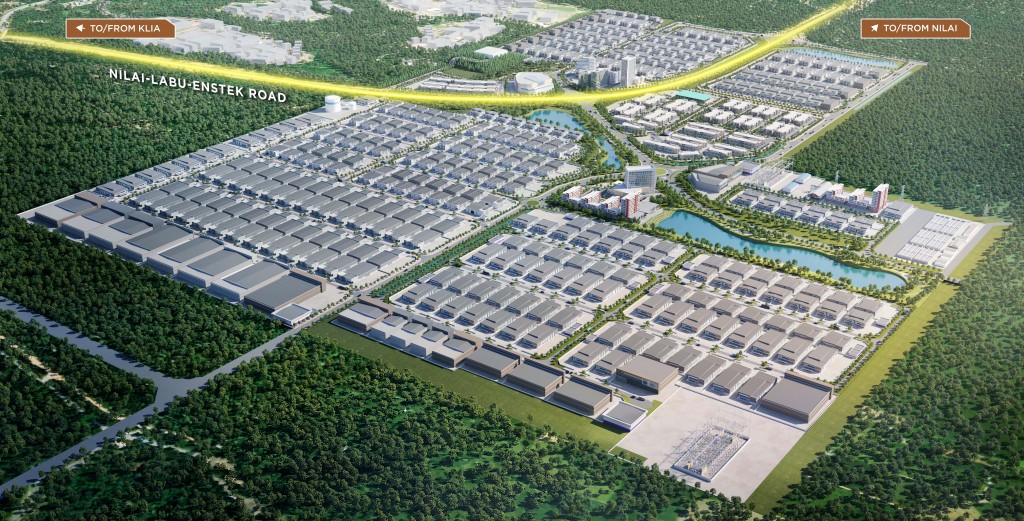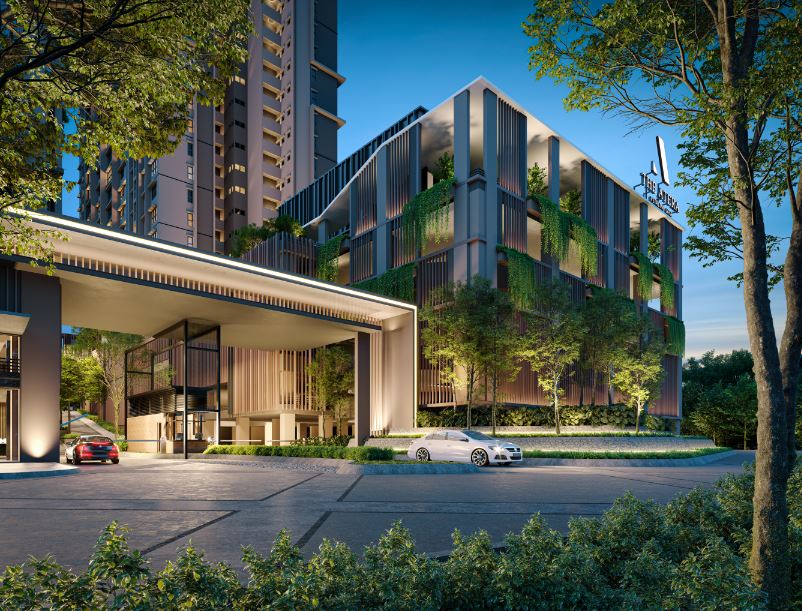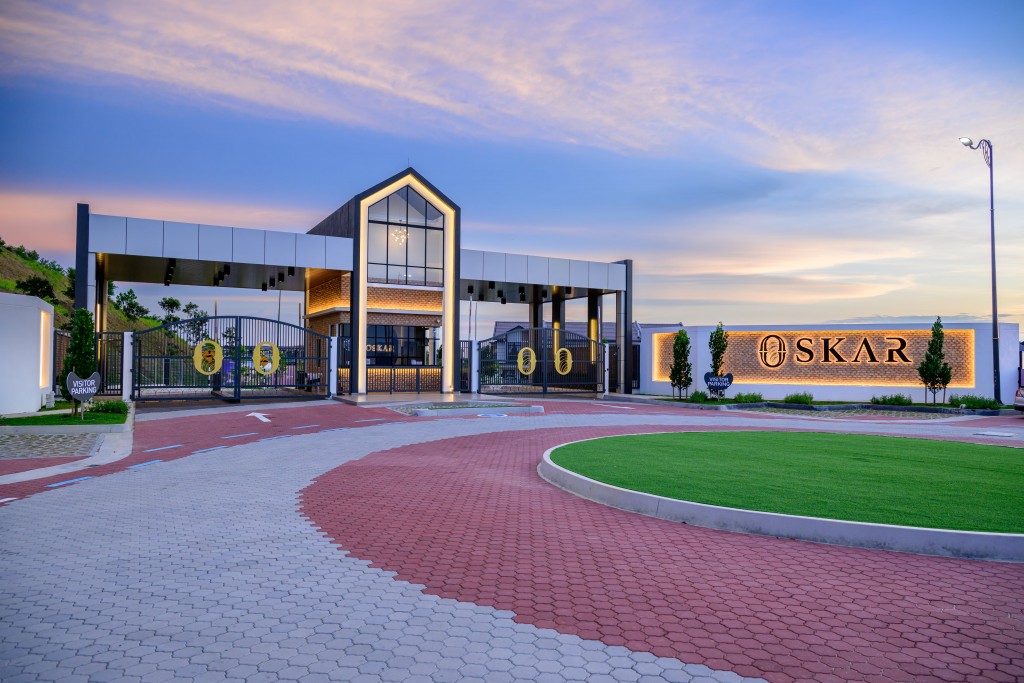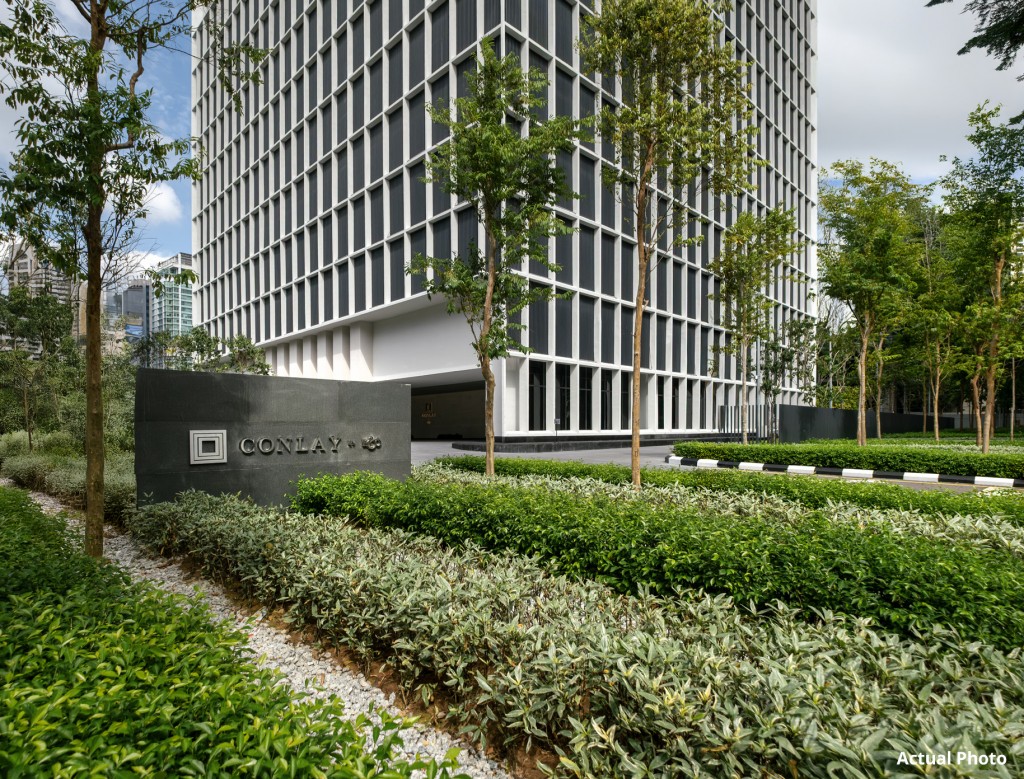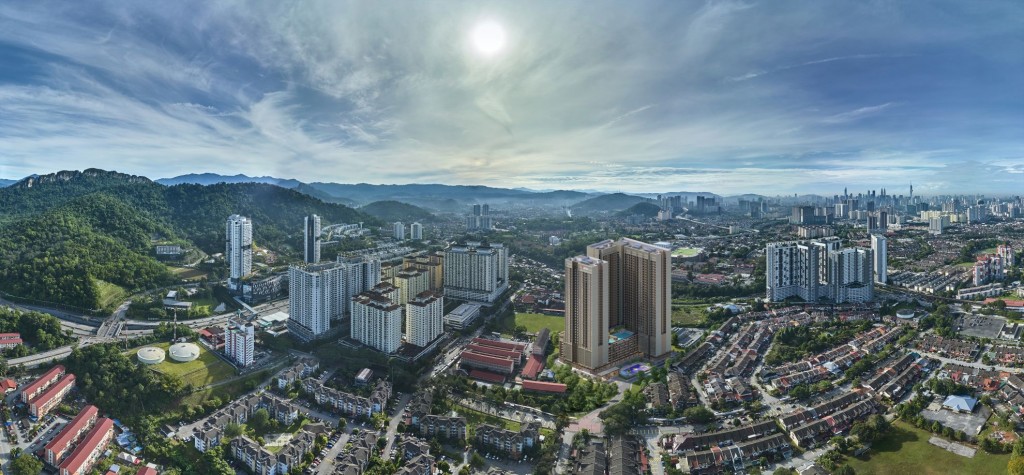By Viktor Chong viktorchong@mystar.com.my

As home buyers, we may have heard of terms like the primary, secondary and auction market. Buying a home from these market segments carry different risks and rewards; thus, prudent individuals match these attributes to their needs and expectations.
But what are they? Let us start with the basics
Primary market: You buy the property from developers.
Secondary market: You buy the property from homeowners, and real estate agents or negotiators may facilitate the transaction.
Auction market: You bid for the property at the auction hall or online platform.
With that said, there are striking differences between purchasing a property from the primary and secondary market. Let’s observe some of them:
1/Defect liability period
Homes in the primary market are brand new, and after its completion, developers further provide a defect liability period of around 24 months to rectify any defects.
On the other hand, homes from the secondary market tend to be older, and it is the home buyer’s responsibility, not the seller, who bears the cost of repairing. Besides, defects in the secondary market are usually not apparent until you have stayed in the unit for quite a while, hence the added risk.
2/Sell-then-build
Developers generally build their projects on a sell-then-build (STB) concept, meaning you pay first and the home comes up later, which may take a period of around two to four years. Hence, you are locking in a sizable amount of money without knowing the condition of the end product, as the visuals are merely rendered in concept arts, building models, or based on the words of the sales personnel.
Then again, a developer might abandon its housing project due to bankruptcy. This risk can be mitigated by purchasing developments by reputable developers who possess a healthy cash flow. With the secondary market, the home is already built and ready for your scrutiny.
3/Better town planning
We may recall listening to stories from our grandparents, who walked or bicycled for a long stretch just to get groceries. This is a subtle testimony towards the older townships and their poor planning, where amenities are located far away from residential areas. New townships often incorporate a balance of living elements. Shopping malls and convenience stores may be strategically placed nearby, and roads are linking to the highways for convenience purposes.
However, new projects now more commonly reside in untested areas, and developers need to create catalysts to trigger the inflow of people, which sometimes doesn’t work. And we know that properties without demand depreciate in value. Regarding the secondary properties, they are already positioned in matured locations, meaning that people are already receptive to the place.
4/Discounts and new stuff
Developers build and sell their homes in bulk, hence their ability to provide better discounts and offer broader benefits to their customers. These benefits can come in package deals that include freebies such as air conditioning or even furniture.
Secondary properties do not offer such deals, and if there are any appliances attached to the purchase, they will not be new. Similarly, people who buy a home from the primary market get to enjoy brand new facilities.
5/ Ambiguity
The neighbourhood around a secondary property is mostly developed. Hence, factors such as population density and degree of traffic congestion are already known. A glance around should also tell you a thing or two about your potential neighbours.
With primary properties, the area is still developing and in phases, with new projects of varying density coming up as the years go by. In other words, the place you love today may not be the same a decade later.
6/ Financial woes
Assuming that a homebuyer purchases a primary property using a loan, then he will be servicing it until the completion of the project. That may take a few years, and if he is currently renting out, then he has to pay the rent and loan instalment simultaneously. If said individual experiences financial difficulties, he is unable to sell his under-construction home to gain immediate cash. This is not the case with secondary properties.
Stay ahead of the crowd and enjoy fresh insights on real estate, property development, and lifestyle trends when you subscribe to our newsletter and follow us on social media.


